When I walked into the Sistine Chapel, I never imagined I’d walk out believing in God.
I never could have imagined it because I had never really wanted to believe in God. “Believers” had always seemed so boring to me, so vanilla, like they wore orthopedic shoes and followed all the rules. I wanted a life of kaleidoscope color and I was certain (or was until this moment) that God had nothing to offer me.
However, doing my part as a student studying abroad, I walked into the chapel quietly and with reverence. I may have had as much faith as the cappuccino I drank that morning, but I had enough sense to know when I was standing on holy ground.
The ceiling, as you’d expect, was gorgeous. A vast expanse of colors and scenes. Every crevice was overflowing with detail and story. It rewarded the viewer for taking another look and then another, revealing more and more the longer you stayed to notice.
After fully taking in the ceiling, I turned around and caught sight of Michelangelo’s fresco, The Last Judgment. I almost looked away, but then something intangible compelled me to stop. There, in the middle of the Sistine Chapel, my eyes locked on the fresco, I was overwhelmed by a sudden and inexplicable desire to know God. I’ve tried a thousand times to explain what happened that day — how a piece of art changed my life so entirely. And I can’t be sure why it did. All I know is that I walked into the chapel feeling unsteady and insecure in my own skin, and walked out feeling like I’d discovered something profound, My life changed forever.
I’m sure lots of people have stood in front of that fresco. It may have made some people angry with the intensity of the depicted story. It may have made people feel afraid, or reverent, and some people may have felt nothing at all.
But for some reason, that day Michelangelo’s art slammed right into a desire for a relationship with God I never knew I’d had. Michelangelo’s art, and color, and the detail with which he’d painted cleared a space — a perfect, quiet space — for something to change in me, to shift entirely. Art does that. It invites us to be different.
Art does that. It invites us to be different.
I’ve thought about Michelangelo a lot since that day. I wonder what he was thinking about when he painted that fresco. I wonder what he was trying to say. But mostly, I wonder if he had any idea while he was painting it — covered up to his elbows in paint, I’m sure — that people’s lives would be changed because of it.
When we create something, whether we’re painting a fresco, or writing a book, or designing a bookcase, we’re bringing something beautiful and holy up and out of ourselves to share with the world, and the world is better for it.
The creation is a process in itself. It’s a terrifying, beautiful thing. The process of creating changes us. I’m sure it changed Michelangelo. Creation requires something of us. It requires us to dig deep within ourselves, to face the things we’d rather ignore, to confront our inner brokenness as well as the beauty stored up within.
The process of creating makes us braver, makes us bolder, and makes us freer as the divide between who we are and the world around us seems to grow thinner.
But while the process of creating is intimidating, the process of sharing our creation is even scarier.
Sharing our creations is like the culmination of all your terrifying naked dreams coming true — everyone staring at you with nothing to cover up with but the blush that’s somehow coloring both sets of cheeks. But when we do these things — when we create something deep within us, and when we share it with the world — what we created becomes far bigger than us.
When we create art, we join in the divine process of creating.
I can be certain Michelangelo wasn’t thinking about me when he painted The Last Judgment. He surely wasn’t picturing a 20-year-old sorority girl or the life change his painting could inspire. But that’s exactly the point. When Michelangelo breathed that beautiful thing into the world, it became bigger than him. It became a holy thing, a moving thing, something that could change people and make the world better in ways beyond anything he could have ever thought.
When we create art we join in the divine process of creating. We draw out the best, most beautiful parts of ourselves and share them with the world. And when our creation comes out of us it expands beyond us. It has the ability to be something bigger than what we first pictured when we sat down to create it.
There’s something holy and beautiful inside of you — something uniquely yours that you’re specially gifted to share with the world. It’s a scary process creating that thing and then putting it on display. But the world needs what you have. People need what you have because of what it will stir up inside them. When I was in Nepal a few years ago, we were taught to greet each other by saying “namaste,” putting our palms together and giving a little bow. Namaste means, “the divine in me recognizes the divine in you,” and that’s what I think art does when we share it.
When we create, we draw the divine up and out of us and we put it on display.
And then, in the most sacred and holiest of moments, the divine in someone else — for instance, a wandering, wondering sorority girl in Rome — might lock eyes with what you created, and the divine in her might be awakened.
What is your “art”? How can you share that with others?
Download a free copy of Stephanie’s book The Lipstick Gospel, a story of finding God in heartbreak, The Sistine Chapel, and the perfect cappuccino at her website.
Image via Nicole Ziza Bauer

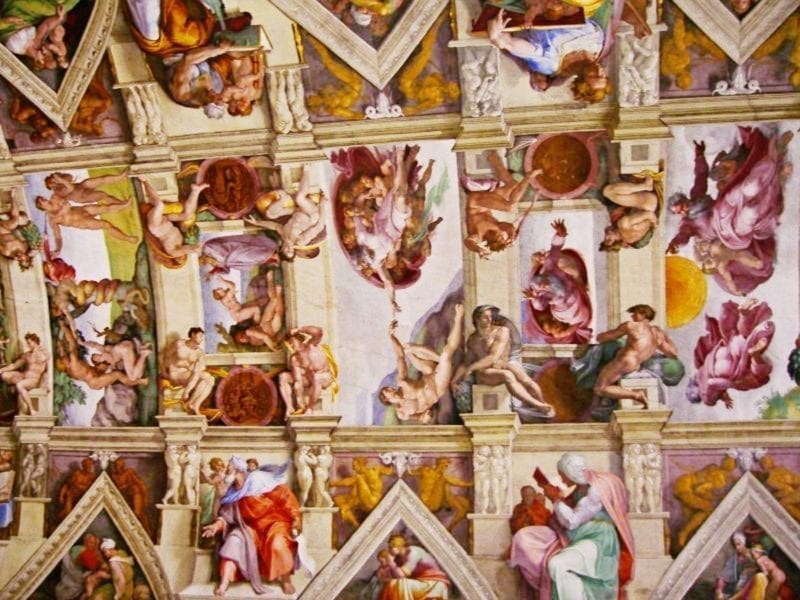
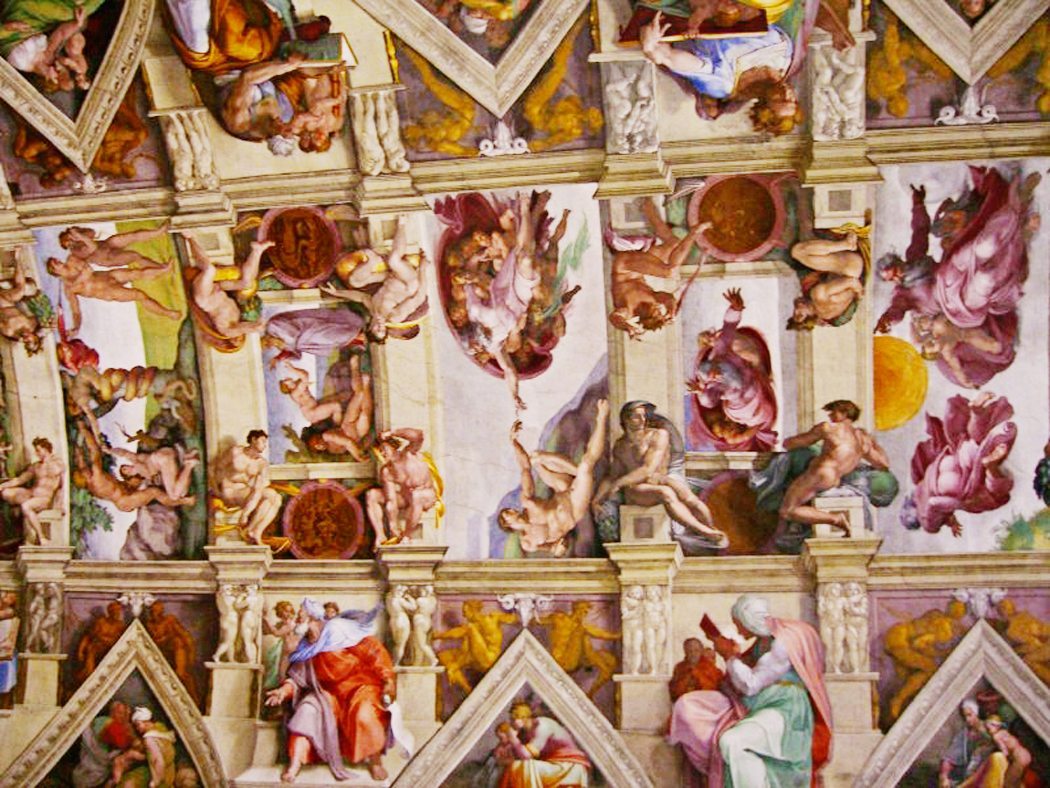


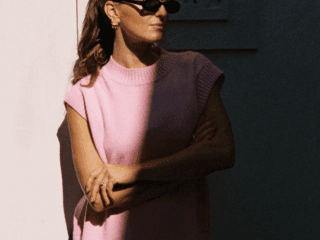
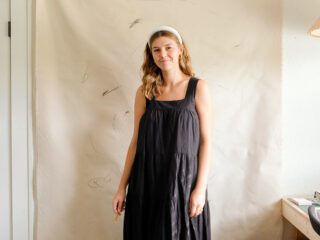
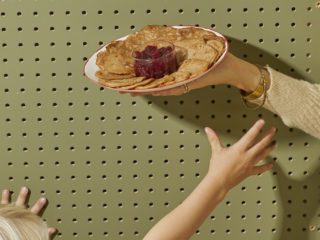



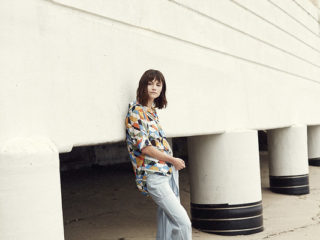
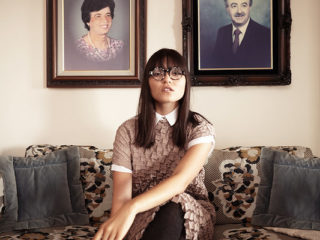
1 comment
Thank you so much for sharing this. Your words were perfectly timed, a piece of divine art. I’m about to submit my honor thesis, a creative adaptation of the second creation story of Genesis. I’m struggling to put together the finishing touches and scared to share this vulnerable part of me (art is so much more vulnerable than analysis) with my committee. God helped embolden and encourage me through you.